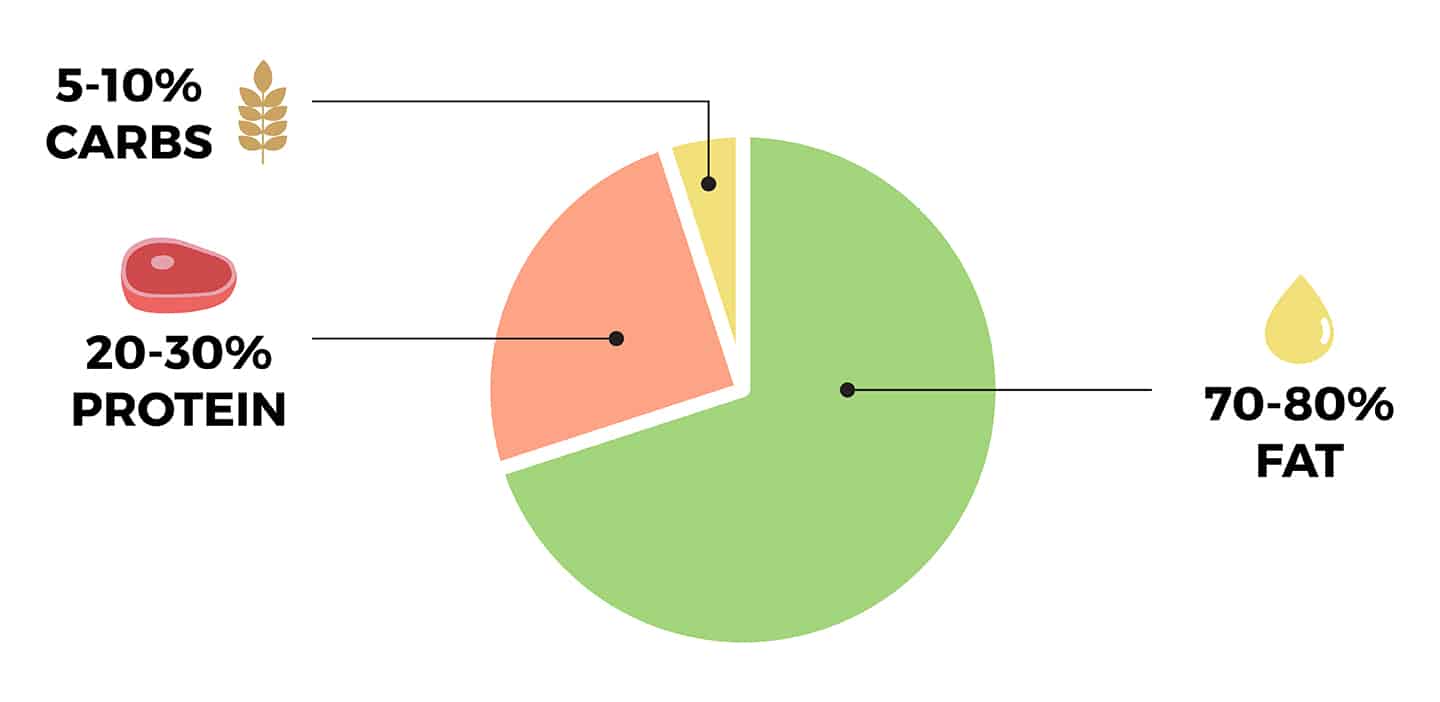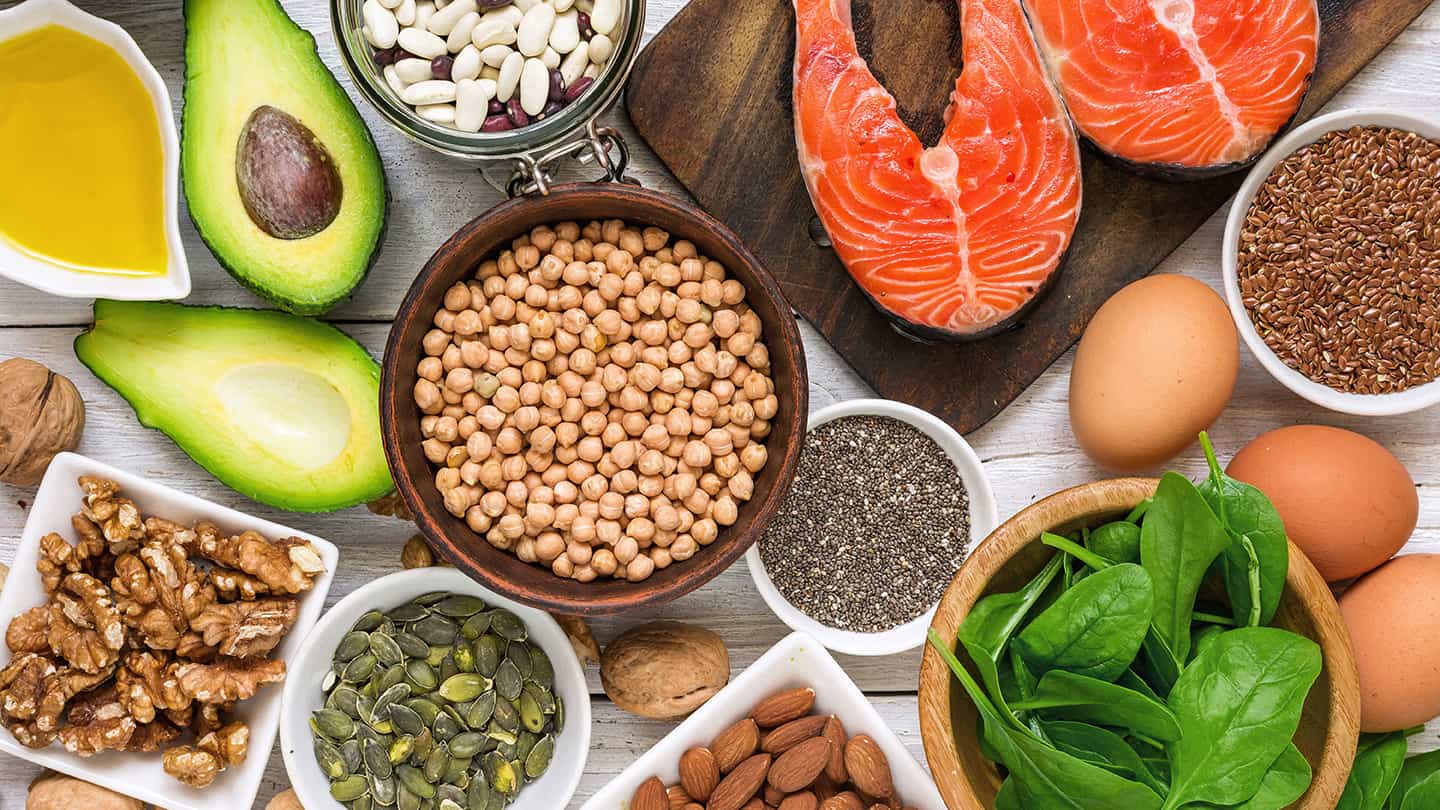NUTRITION
The Ketogenic Diet: Eat Fat to Burn Fat
Unless you live on a deserted island, you've probably heard about the ketogenic diet. This low-carb, high-fat eating plan can help you lose over 15 pounds in just one week. It works by shifting your body from using carbs as a fuel to burning fat. Moreover, it boosts brain power and raises your metabolism, lowers blood pressure, and prevents diabetes.
Sounds quite amazing, isn't it? Let's see how the ketogenic diet works and whether it's right for you:
The Science behind Ketogenic Diets
More and more people are turning to the ketogenic diet to lose weight. Even though this plan was designed for treating epilepsy, it's now popular among athletes and dieters. The meals are high in fat, moderate in protein, and low in carbs, and require no calorie counting.
Under normal conditions, the human body uses carbs for energy. Upon ingestion, carbs are turned into glucose and burned for fuel. The excess is stored as glycogen in the liver and muscles.
When you're on a low-carb diet, the liver converts fat into ketone bodies. These compounds fuel your brain and muscles, serving as a source of energy. At this point, you're in a metabolic state called ketosis. In clinical trials, more than half of epilepsy patients experienced a reduction in the number of seizures after switching to ketogenic diets.
Today, this dietary plan is widely used by those trying to shed pounds or gain lean muscle with no fat. For instance, many bodybuilders go on the ketogenic diet before competitions or during cutting. This allows them to lose fat and preserve muscle.
However, athletes are not the only ones who can benefit from making this switch. Anyone can lose weight with the ketogenic diet.
What Can You Eat on the Ketogenic Diet?
Traditional ketogenic diets limit carbs to 50 grams a day. Some dieters go beyond 10 grams of carbohydrates daily. It depends on how fast you enter ketosis. Protein should account for 20 percent to 30 percent of your calorie intake. The rest of your calories will come from dietary fat. As soon as you reach ketosis, you'll lose excess water. This happens because of the low carb intake. Each gram of carbs holds up to three grams of water.
As soon as you reach ketosis, you'll lose excess water. This happens because of the low carb intake. Each gram of carbs holds up to three grams of water.
Let's say you normally consume 300 grams of carbs a day. Once you switch to the ketogenic diet, you'll only eat 50 grams of carbs daily. As a result, you'll lose over one pound of water weight within a day or two.
The key is to stay in ketosis for as long as possible. Your diet should be rich in high-fat foods, such as:
- Avocado
- Tuna
- Salmon
- Ghee
- Butter
- Coconut oil
- Grass fed meats
- Raw cacao powder
- Nuts and seeds
- Olive oil
- Seafood
- Pastured eggs
- Coconut milk
- Almond milk
- Unsweetened peanut butter
- Cheese
 Take your carbs from leafy greens like spinach, cabbage, kale, and cucumbers. Even though fruits are healthy, they don't fit into this diet. Except for avocado and berries, most fruits boast large amounts of sugar. Thus, you must avoid them.
Take your carbs from leafy greens like spinach, cabbage, kale, and cucumbers. Even though fruits are healthy, they don't fit into this diet. Except for avocado and berries, most fruits boast large amounts of sugar. Thus, you must avoid them.
It's no need to count your calories or macros. The best part is that you can enjoy delicious foods like bacon, butter, and dark chocolate.
Most dieters love to eat chocolate fat bombs, mayo, fried eggs, ham casseroles, feta wraps, shrimp alfredo, and other delicious keto recipes. You can fry, grill, steam, or bake foods as there are no restrictions on cooking.
Unless you really love carbs, the keto diet is worth a try. You’ll not only get leaner but also feel stronger and focus better at work. Beware that you may experience flu-like symptoms in the first week or so. Once your body adapts, these symptoms go away.
Summary
- The ketogenic diet leads to fast weight loss. It eliminates excess fat and water while preserving lean muscle.
- Your meals should be high in fat, moderate in protein, and low in carbs. For best results, don’t exceed 50 grams of carbs a day.
- Most dieters experience the so-called keto flu, which goes way within seven to 10 days.
